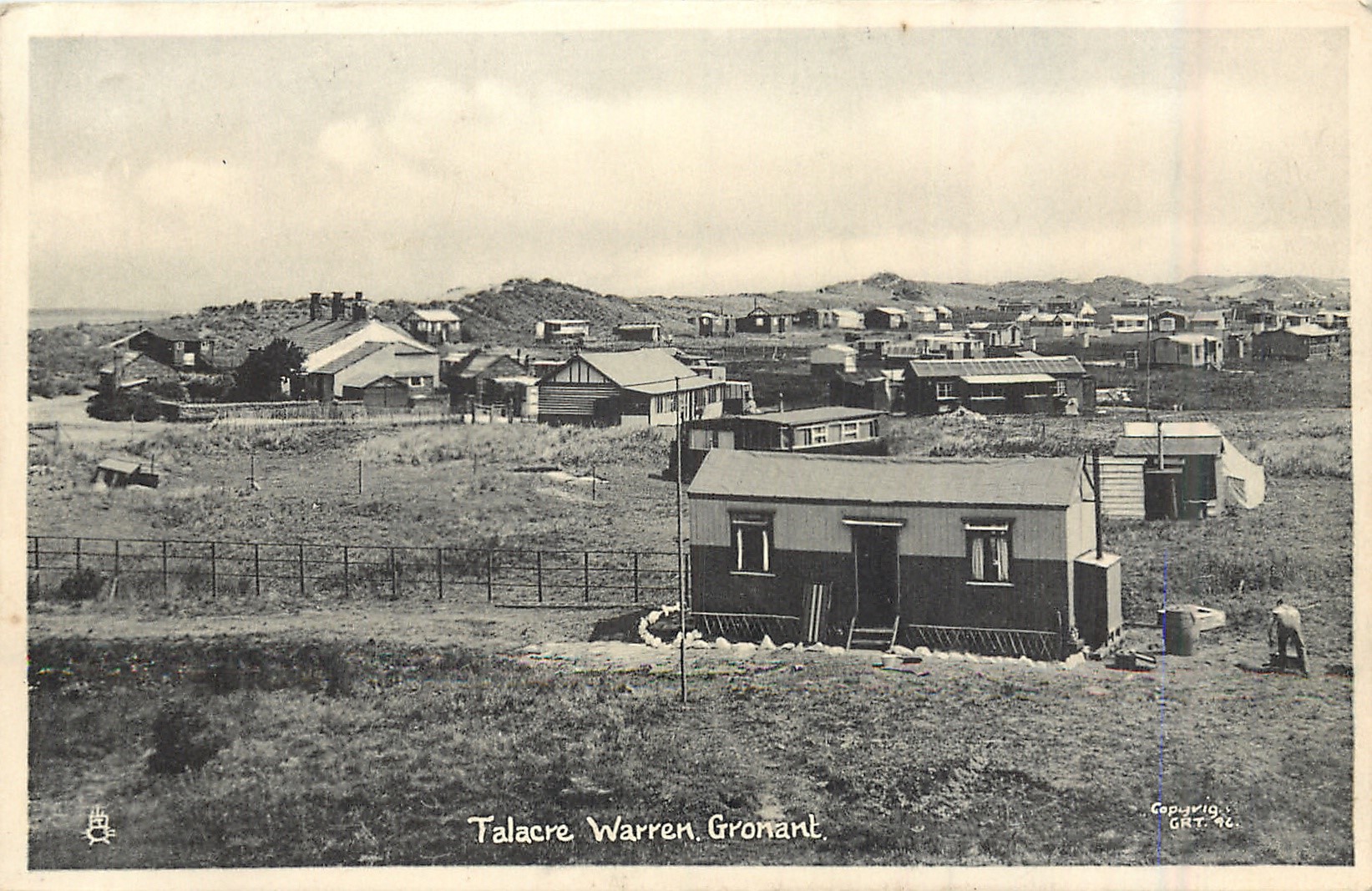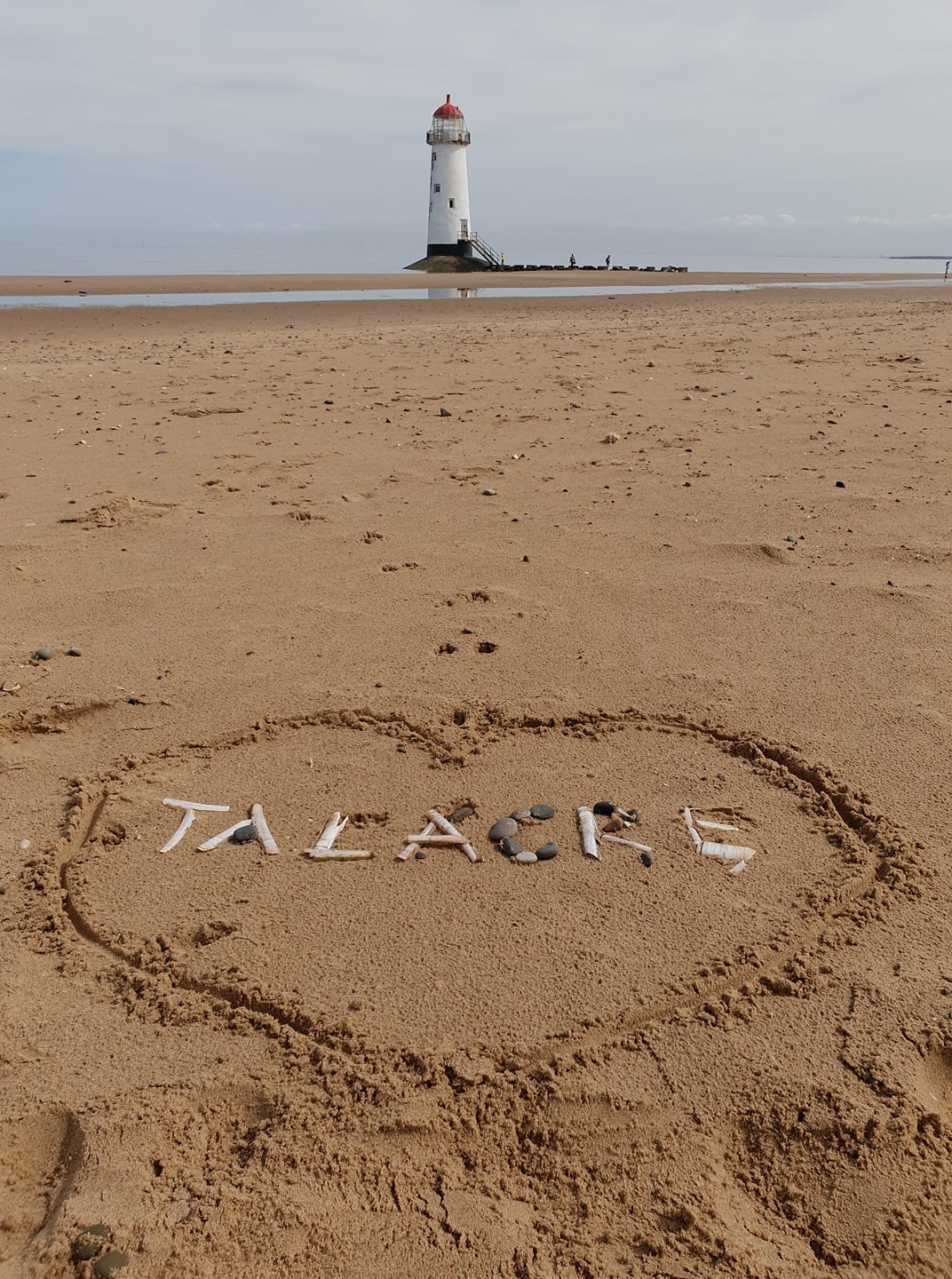Latest News
Talacre Then and Now project
Published: 25/01/2019

 History is about to come to life at Talacre!
History is about to come to life at Talacre!
Flintshire Countryside Service has been awarded funds to celebrate the changing face of the village, from Spitfire training in World War 2 to today’s holiday resort and everything in between.
“Talacre Now and Then” has been awarded a Heritage Lottery Fund grant of £30,100. This has been boosted by a further grant of £15,400, from the Armed Forces Covenant Fund to focus on the World War 2 elements of the project. In addition, educational elements of the project are being supported by a £2,000 grant from Outdoor Learning Wales.
The project will run throughout 2019 and will celebrate the special place that Talacre holds in the hearts of so many people across the North Wales and North West England region and look at how it has changed in living memory.
It will use digital and traditional media to help locals, visitors and school children visualise how it would have looked and what it must have been like during World War 2 and the subsequent decades when it became a holiday resort.
Talacre remains a popular holiday destination today and is also an internationally important area for wildlife.
Talacre, during World War 2, was a very different place, with many evacuees escaping the bombing in Liverpool to stay in simple huts built in the dunes. The war was heard and seen in the skies above them with dog fights and views of the bombing of Liverpool across the water. The dunes and beach areas were used for Spitfire training and the remains of pill boxes and rows of larch posts, originally put in to deter enemy invasion, can still be seen.
As a result of the target practice and occasional dogfight overhead, the beaches were littered with spent ammunition. Generations of youngsters have excitedly gathered these and they can still be found today.
Some who came during the war ended up staying in the area rather than returning to bombed out Liverpool so it has an interesting cultural mix of Welsh and English. Post-war it became a hugely popular tourist destination, drawing thousands of visitors from Liverpool and Manchester. Early visitors stayed in the dunes in wooden shacks, plus old buses and even railway carriages. Many of these early visitors have come back time and time again, bringing their children and now their grandchildren.
Summer was a highly anticipated occasion by many locals too. Local youngsters earned pocket money transporting luggage from the train station (long since closed) to the holiday homes and enjoyed the lively atmosphere generated by the holidaymakers.
These, and many more memories, will be the focal point of the Talacre Then and Now project and will be gathered during a ‘Story Shop’ in Talacre Community Centre during the Easter holidays. Visitors to the ‘Story Shop’ will be able to enjoy displays including old photos, maps, digital stories and objects. It will also be a recording studio, a place to ask questions and bring people together. People are invited to bring in their own materials and the content will change and grow over time. The material gathered from the ‘Story Shop’ and wider research will be used to produce a memories booklet and a digital trail.
A World War 2 trail through the dunes will be created along with a CGI film (computer generated imagery) showing the Spitfires training above the dunes to help visitors understand how the area was affected by the war era. Local schools will have the chance to visit the dunes, meeting re-enactors and using role play to imagine what life was like during World War 2.
The culmination of the World War 2 activities will be a World War 2 extravanganza weekend on 27 and 28 July with re-enactors, a replica Spitfire, guided walks and family activities.
Flintshire County Council’s Cabinet Member for Streetscene and Countryside, Carolyn Thomas, said:
“It’s great news that we have been awarded these grants which will now allow us to develop a real tourist and educational attraction for this incredibly important historical area. I am excited to see the project develop as the year progresses and look forward to welcoming many visitors to our beautiful county.”
Air Commodorre Adrian Williams, representing the Armed Forces, said:
“The Armed Forces have been delighted to support the “Talacre now and then” project. The area has a rich World War 2 history, with RAF Spitfires and Hurricanes dogfighting in the skies above while defending Liverpool from the heavy Nazi bombing blitz in 1941, together with all the pillboxes and defensive fortifications that were in place on Talacre beach at this time to protect our country from invasion.
“It is fantastic that this story can now be told again, particularly to new generations, and the RAF looks forward to joining with you for the official opening later in the summer.”
Richard Bellamy Head of HLF Wales said:
““Talacre Then and Now” is a great project as it shows clearly how local heritage can be a catalyst for lots of different activities and bring people together behind a common purpose. HLF is pleased to support Flintshire County Council in its plans to recruit volunteers of all ages, offer skills training and, thanks to National Lottery players, enable people to enjoy the history on their own doorstep.
“Heritage Lottery Fund (HLF) funding is transforming communities across the UK, making a positive and lasting difference to people’s lives; and this is only made possible thanks to National Lottery players.”
If you would like to volunteer on any aspect of the project or would like to share your memories of Talacre, please contact keystoneheritage.info@gmail.com.
For more information about the project contact Kim Norman on 01745 881237 or email Kim.Norman@external.eni.com.